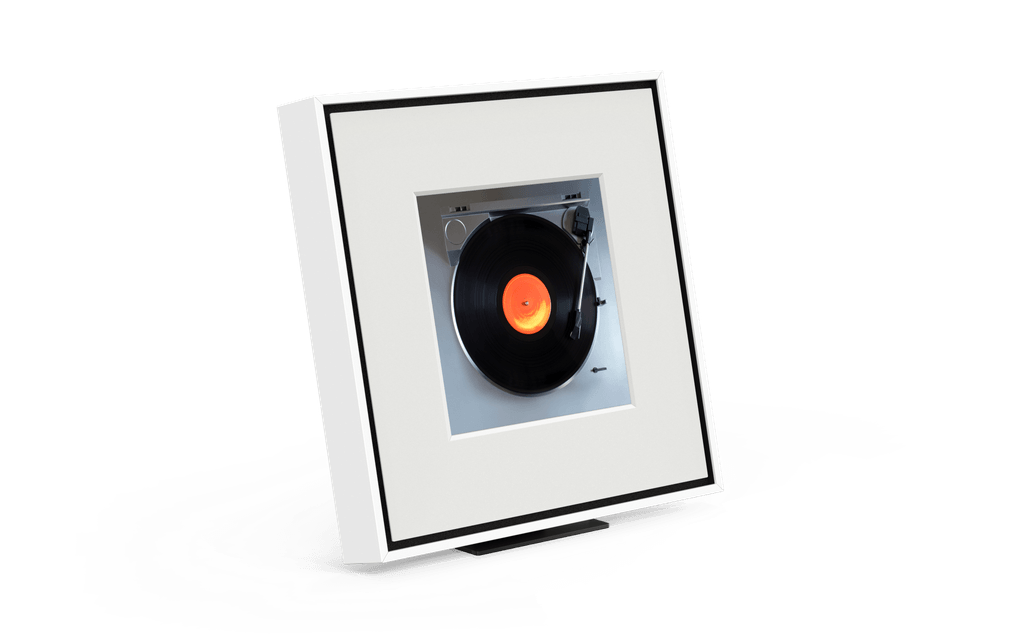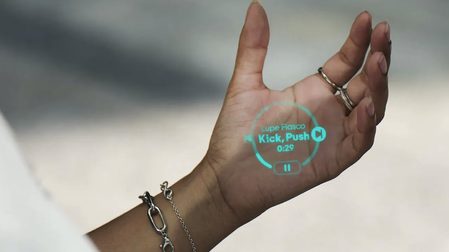MANILA, Philippines – One of the world’s biggest tech trade fairs, CES 2024, is underway in Las Vegas from January 9 to 12, putting the spotlight on this year’s newest TVs and laptops, as well as advances in connected cars, appliances, all sorts of odd devices and, following tech trends, AI implementations.
It’s a huge show, whose last year’s version saw an estimated 115,000 attendees, and countless products. But here are eight that caught our attention, either for their novelty or for their potential in actually being useful in our tech-addled lives.
LG Signature OLED T transparent TV
It’s mesmerizing to watch. The screen can turn transparent so as to either create the illusion of more space in a room, or to display items behind it as opposed to just being a black rectangular screen when not in operation. The contrast is supposed to turn up when needed in order to provide a regular TV watching experience.

Digital Trends, which saw the TV in action, has a simple description of how it works: “To oversimplify things, what you have is a transparent OLED panel in the front, with an opaque film (LG calls it a contrast screen) that can unfurl itself behind the image, giving you a traditional sort of TV picture. But retract the contrast screen, and you now have a transparent OLED television.”
The TV’s expected to come out this year, and the price is expected to be quite up there.
Samsung showed off a transparent TV as well, using microLED technology that supposedly makes it brighter and even more transparent than the competing LG model.

Apple Vision Pro mixed reality headset
Apple’s previously announced Vision Pro headset gets a release date about half a year since it was announced in June 2023 for $3,499. The headset isn’t a part of CES, but Apple stole some of the show’s thunder by announcing its availability just as the fair was about to begin. It comes out on February 2, with pre-orders starting on January 19 in the US.
Apple also released a clever new “trailer” featuring movie clips where characters put on various eye or headgear. The headset is what Apple calls a “spatial computing” product that overlays computing functions over what a user sees in the real world:

ASUS has its own take on wearable displays too with its AirVision.

Clicks Blackberry keyboard-style iPhone attachment
Miss physical, tactile keyboards on your phone? Here’s the Clicks Blackberry keyboard-style attachment for iPhones, that will retail for $139 according to The Verge.

MSI Claw PC gaming handheld
MSI, with the Claw, joins the PC handheld war against the likes of the Steam Deck, ASUS ROG Ally, and the Lenovo Legion Go. How is it any different? It promises to have the best specs out of everyone else.
CNET reports that the new device starts at a price of $699, and is arriving in February or March.

Samsung Ballie robot assistant, mobile projector and camera

This cute robot assistant can move around the house on its own, and can take videos of your pets while you’re away, provide assistance during exercise, project videos, play music, and answer phone calls. Samsung’s video shows realistic ways that the device can be used, and might just be a viable robot assistant.
It’s not the first time that Ballie showed up in CES, according to CNET, debuting in 2020, but has key AI improvements, and a projector. It competes with similar devices from Amazon called the Astro, and LG with its more clinical, less cute-sounding Smart Home AI agent. No price and availability have been announced.
Rabbit R1 AI-powered handheld assistant
The R1 isn’t meant (yet) to replace the smartphone, but it appears to be a way forward for us to handle tasks just by telling a device what to do i.e. booking a flight or a ride-sharing service instead of smartphone inputs.
Wired described some of the technology powering the device: “The backend uses a combination of large language models to understand your intent (powered by OpenAI’s ChatGPT) and large action models (LAMs) developed by Rabbit Inc., which will carry out your requests.”
The LAMs are said to learn by demonstration, observing how the user completes tasks so the device can later replicate them.
ASUS Zenscreen Fold
There are tons of screens and displays at CES, but here’s one we can see bringing along with us on vacations or maybe at a coffee shop: the ASUS Zenscreen Fold, which the company calls the “world’s first foldable OLED portable.”

It’s a 17.3 inch display that can be configured vertically (2560×1920) or horizontally, wherein ASUS says, “might think of it like two 12.5-inch 1920×1080 displays, rotated in portrait mode and placed side-by-side.” While big, the folding form factor is designed to make it a little bit easier to store and carry around.
Samsung Music Frame

Following Samsung’s “lifestyle TV” The Frame, the Music Frame does what the Frame did for TVs for speakers. It “seamlessly blends into its environment by camouflaging as a modern picture frame that can display art or photography,” Samsung says.
It has built-in woofers, promises a premium audio experience, and has Q-Symphony surround sound technology when paired with 2024 Samsung TVs and soundbars.
CNN said, “This 13-inch-by-13-inch frame packs a total of six speakers inside of its unassuming design, and while it was hard to properly gauge its audio quality on a crowded convention floor, the fact that I could still hear the sounds of music and movies amidst the chaos is a promising sign.” – Rappler.com
